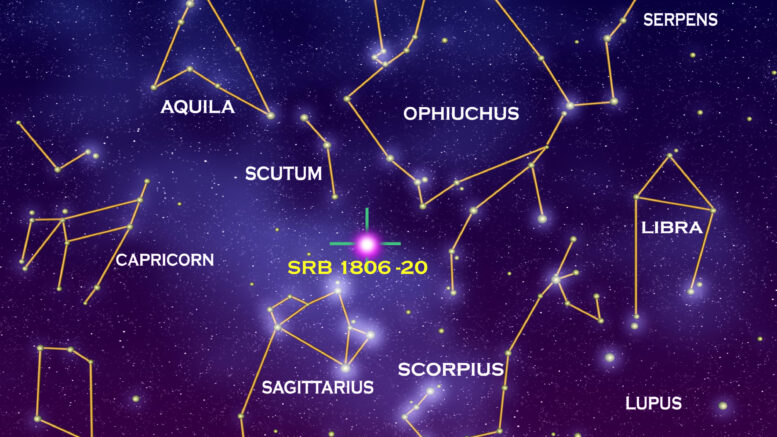After spending much time discussing their visibility for amateur astronomers in the Pacific Northwest, it makes sense to discuss constellations that are no longer around in the sky today. Prior to standardization efforts, many of these defunct constellations were traditional in one or more countries or cultures; henceforth, some only lasted decades but others were referred to over many centuries.
Before standardization, in the southern skies, new constellations were often created by 15th century European voyagers who began journeying south of the equator. After their creation, European countries like England, France, the Netherlands, often supported and popularized their own constellation outlines. This led to some instances in which some constellations occupied overlapping areas and included the same stars. To find out more information about these older charts or catalogues, it is best to check old books on the subject.
In 1930, the IAU had Eugene Delport take a look at standardizing the constellations in the sky. The result was an 88 constellation list that standardized the modern names and boundaries in international agreement. This agreement removed any possible astronomical ambiguities between astronomers from different countries. It is worth noting that nearly all former or defunct constellations differ in their designated boundaries as their outlines do not follow the exact lines of right ascension and declination.
Although there are many that did not make it to the final IAU list, we will list the 3 that we find most noteworthy.
Argo Navis
This is the only constellation of Ptolemy’s original list of 48 that is no longer officially recognized by astronomers today. Due to its large size, Argo Navis was split into three separate constellations by Nicolas Louis de Lacaille: Carina, Puppis, and Vela. These changes were introduced in the 1763 star catalog Coelum Australe Stelliferum, which was published soon after de Lacaille’s death.
Quadrans Muralis
Quadrans Muralis was originally created in 1795 and placed in the northern skies between the still-accepted constellations Boötes and Draco. The Quadrantids meteor shower is named after this former constellation.
There are a plethora of former constellations utilized by cultures around the world that are not explicitly mentioned, but can be found at other sources.
Information about circumpolar northern constellations always visible from the Pacific Northwest, check out this article.

Writing with style and getting good compliments on the article is quite hard, to be honest. This article is written with style and readability in mind!